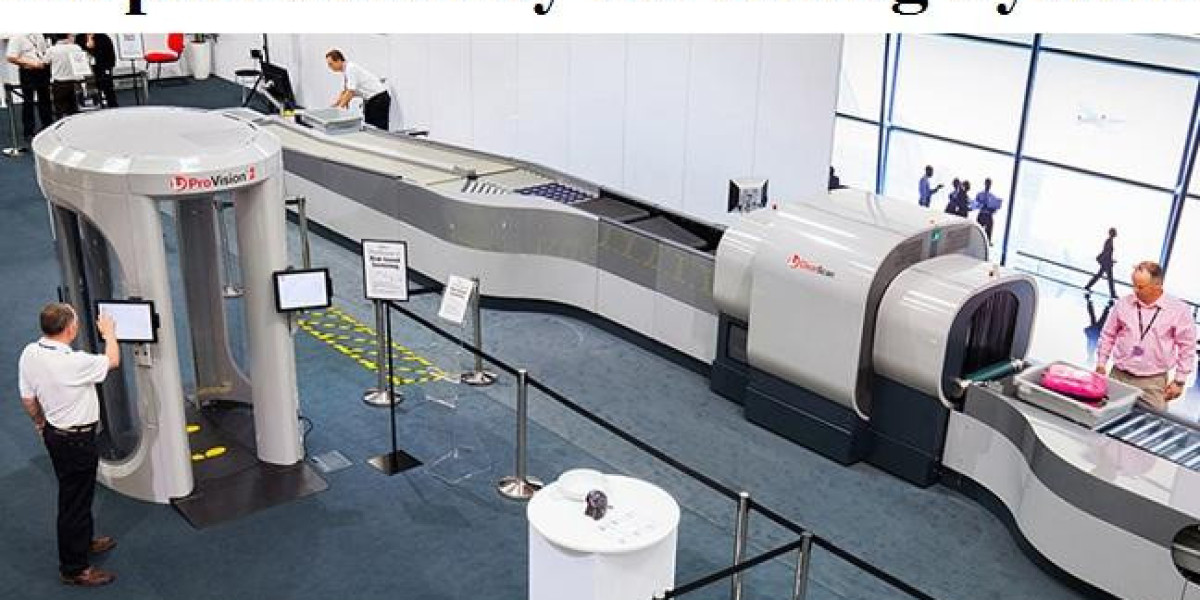Assets are at the core of business performance. The challenge lies not in owning them, but in managing them wisely. ISO 55001 empowers leaders with the structure and insight needed to align asset strategies with business objectives, driving sustainable value and operational resilience. Here’s how ISO 55001 can truly benefit your organization.
- Improved Asset Performance and Reliability
At its core, ISO 55001 helps organizations get the most out of their assets. By implementing a structured and proactive asset management system, companies can reduce unplanned downtime, extend asset lifecycles, and ensure that critical equipment performs when it’s needed most. This leads to higher operational efficiency and more predictable outcomes.
- Cost Control and Optimization
One of the most immediate benefits of ISO 55001 is better financial control. With clear asset data and risk-informed planning, businesses can avoid unnecessary spending, reduce reactive maintenance costs, and make smarter investment decisions. It helps allocate budgets more effectively while reducing waste.
- Risk Reduction and Compliance
ISO 55001 emphasizes identifying and managing risks across the asset lifecycle. Whether it's safety, environmental, or operational risks, this standard helps organizations create processes to monitor, mitigate, and report them effectively. It also demonstrates due diligence to regulators and stakeholders, boosting your risk profile.
- Strategic Decision-Making
One of the most undervalued benefits of ISO 55001 is how it improves decision-making. With better data and a structured approach to lifecycle management, leaders can make informed choices about asset acquisition, maintenance, and disposal. It turns asset management into a strategic tool, not just an operational task.
- Increased Stakeholder Confidence
When an organization can demonstrate that it manages its assets responsibly and sustainably, it builds trust. Whether it's investors, regulators, customers, or internal teams, stakeholders gain confidence in the organization's ability to deliver consistent value. This can enhance reputation, attract investment, and support business growth.
- Alignment Across the Organization
Asset management isn’t just an engineering issue—it touches finance, operations, risk, procurement, and even HR. ISO 55001 fosters cross-functional alignment, helping teams collaborate and communicate more effectively. This integration ensures that everyone is working toward the same long-term objectives.
- Supports Sustainability Goals
Finally, ISO 55001 supports environmental and sustainability initiatives. By improving efficiency, reducing waste, and encouraging lifecycle thinking, the standard aligns with broader ESG (Environmental, Social, Governance) goals. Sustainable asset management contributes to long-term environmental responsibility and cost savings.
ISO 55001 Certified with Certification Consultancy
If you’re looking to implement ISO 55001 and achieve certification, working with the right partner can make all the difference. Certification Consultancy offers expert guidance, practical tools, and tailored support to help organizations streamline the certification process from start to finish. Whether you're just starting out or enhancing an existing framework, Certification Consultancy provides the clarity, confidence, and compliance support you need to succeed. To get more information on ISO 55001 documents, visit Certification Consultancy.



